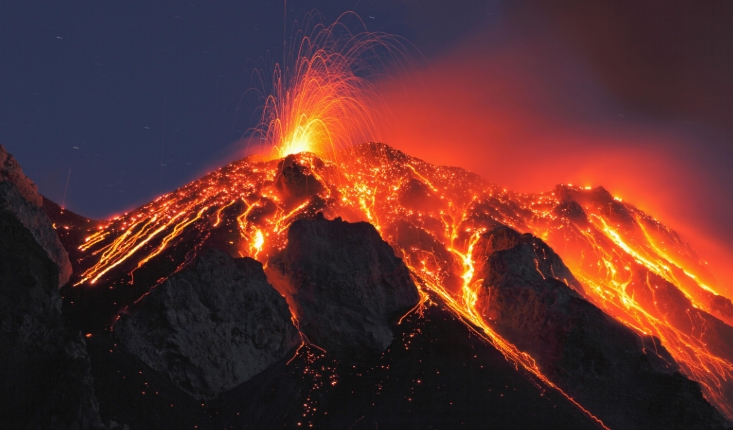Volcanic eruptions are powerful displays of the Earth’s raw energy, but what exactly causes them to happen? Let’s explore the forces at play.
Magma Chambers: The Heart of a Volcano
Beneath the surface of a volcano lies a chamber filled with molten rock, known as magma. This magma is constantly churning and pressurizing, building up energy over time.
Tectonic Plate Movement: Earth’s Restless Dance
The Earth’s crust is divided into several large plates that float on the hot, semi-fluid mantle beneath them. When these plates collide or slide past each other, the pressure and heat can cause magma to rise to the surface and trigger an eruption.
Gas Build-Up: The Silent Killer
As magma rises towards the surface, it brings along dissolved gases such as water vapor, carbon dioxide, and sulfur dioxide. As the pressure decreases, these gases begin to separate from the magma, creating pockets of gas that can suddenly burst out, causing explosive eruptions.
Earthquakes: Nature’s Wake-Up Call
Before a volcanic eruption, the ground around the volcano may experience tremors and earthquakes. These seismic activities are often caused by the movement of magma beneath the surface, signaling an impending eruption.
External Triggers: Catalysts for Catastrophe
Sometimes, external factors such as heavy rainfall, landslides, or even human activity can trigger a volcanic eruption. These events can disrupt the delicate balance of pressure and stability within a volcano, leading to a sudden release of energy.
In conclusion, volcanic eruptions are complex natural phenomena that are triggered by a combination of factors, including internal pressure, tectonic movements, gas build-up, and external triggers. By understanding these forces, scientists can better predict and mitigate the impacts of volcanic eruptions, helping to keep communities safe in volcanic regions.

